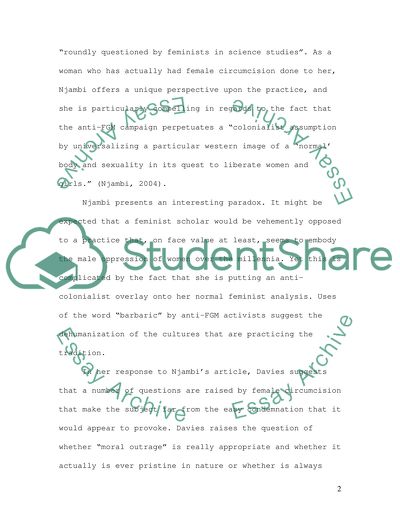Cite this document
(“Female Circumcision Essay Example | Topics and Well Written Essays - 2000 words”, n.d.)
Female Circumcision Essay Example | Topics and Well Written Essays - 2000 words. Retrieved from https://studentshare.org/sociology/1522666-female-circumcision
Female Circumcision Essay Example | Topics and Well Written Essays - 2000 words. Retrieved from https://studentshare.org/sociology/1522666-female-circumcision
(Female Circumcision Essay Example | Topics and Well Written Essays - 2000 Words)
Female Circumcision Essay Example | Topics and Well Written Essays - 2000 Words. https://studentshare.org/sociology/1522666-female-circumcision.
Female Circumcision Essay Example | Topics and Well Written Essays - 2000 Words. https://studentshare.org/sociology/1522666-female-circumcision.
“Female Circumcision Essay Example | Topics and Well Written Essays - 2000 Words”, n.d. https://studentshare.org/sociology/1522666-female-circumcision.


